Fifteen years ago, sensory play was a relatively new term being tossed around among early childhood educators. But now, we are aware that sensory play benefits young children in so many important ways.
It’s now a natural part of the vocabulary of just about anybody who has been around a preschooler for any length of time. We hear all the time that sensory play is healthy for our kids. But why?
I am about to share with you three amazing benefits of sensory play.
THE IMPORTANCE OF SENSORY PLAY: 3 AMAZING BENEFITS
Take a minute and think about your average preschooler. She is lively, boisterous, and so very energetic. She shrieks in delight when holding a wiggly worm, or splashing in rain puddles, or shaking the maracas her grandmother brought back for her from a trip to Latin America.
She oohs and aahs over bright sunrises and offers her best look of disgust after trying okra. She stubbornly folds her arms and then clamps her mouth shut.
Notice something important here. These are all examples of things preschoolers might DO, not what they might SAY. Reason being is that many preschoolers are still developing language skills and because of that preschoolers learn so much through sensory play. They experience the world through touching, smelling, listening, tasting, and seeing.
As my fellow blogging friend, Amanda at Not Just Cute says,
“Children are wired to receive and utilize sensory input from day one. This is why children will dive in hands first, exploring a new substance. The senses are their most familiar, most basic way to explore, process, and come to understand new information.
This is why we must allow young children to learn through experience, not just lecture. These children need to use their senses and be engaged in meaningful experiences.”
Now, Amanda is on to something here, and it’s supported by all the top experts in the early education field. Let’s talk more deeply about the key benefits of sensory play.
-
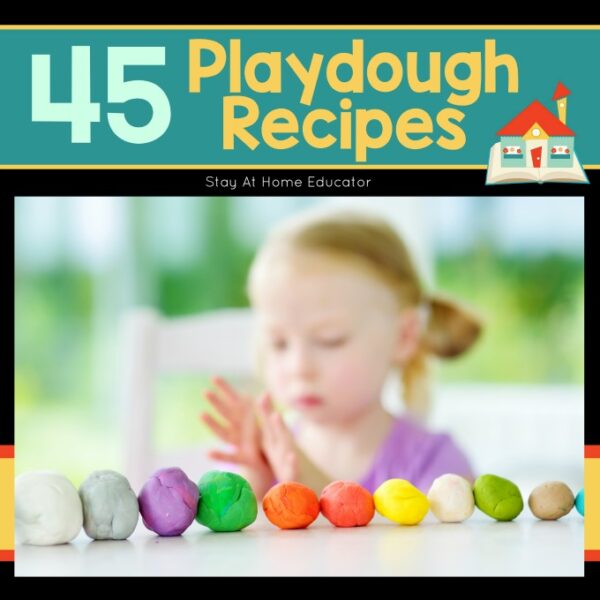 45 Playdough Recipes$10.00
45 Playdough Recipes$10.00 -
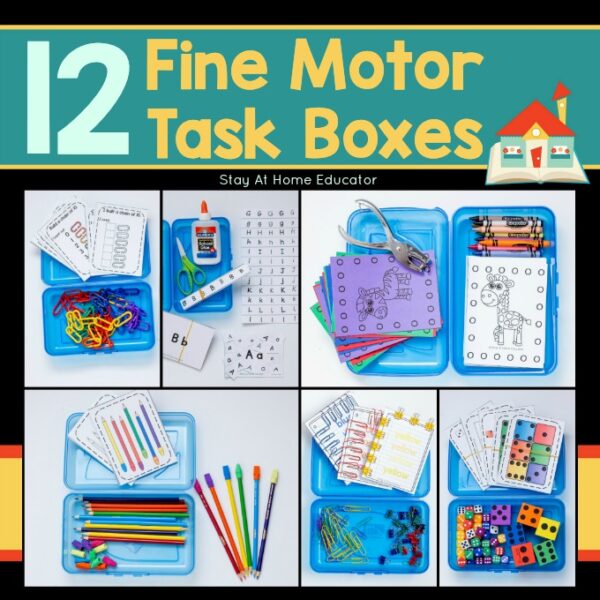 12 Fine Motor Task Boxes$10.00
12 Fine Motor Task Boxes$10.00
FAQ ABOUT SCOOPING AND POURING ACTIVITIES
Parents often wonder if their child is on track developing appropriate practical life skills. Here are some life skills your preschooler should be working on.
~ Put on or take off a coat and zip it up.
~ Pulling on or off pants to use the toilet.
~ Be able to put on their own slip-on shoes.
~ Add papers in backpacks and zip it up.
~ Throw away trash from snacks or putting away dishes after a meal.
~ Wash hands properly by themselves.
~ Showing basic manners like saying please and thank you.
Anything that can easily be poured and scooped up again. Some fillers for preschoolers and toddlers might include:
~ rice
~ oatmeal
~ cereal
~ popcorn kernels
~ water beads
~ alphabet beads
~ water
~ shaving cream
~ soap foam
~ dried beans
The possibilities are endless!
Creating a sensory bin specific to spooning, scooping and pouring just requires a few basic materials. You need a filler, like those mentioned above. A bin to catch the filler and keep it contained. And you need some utensils to use for the scooping and spooning.
No need for fancy pouring toys, although they can add to the fun. That’s it! You’ll be amazed at how long toddlers and preschoolers will spend at such an open ended play activity.
RELATED READING
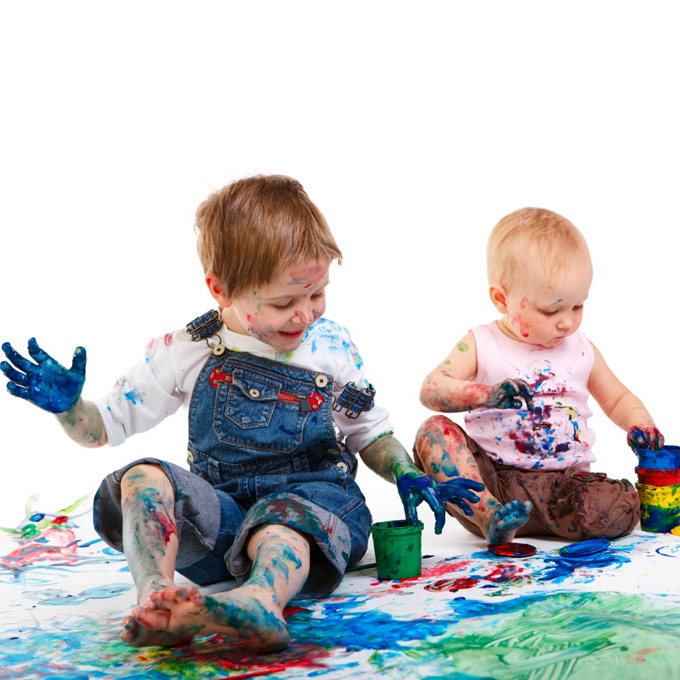
3 AMAZING BENEFITS OF SENSORY PLAY
There is good reason why over the last decade and a half that sensory play has become such a hot topic. Why it is a central part of just about every early childhood program. Because sensory play has some amazing benefits for young children, and as we now know, children are wired to learn through their senses.
Thus, a program that doesn’t offer sensory play is incomplete.
1. SENSORY PLAY IMPROVES LANGUAGE SKILLS
One amazing benefit of sensory play is its ability to improve language development by helping them build new ways to talk about their world. Take, for example, a simple water table full of water, ice cubes, and pipettes. From those three basic materials, children can learn to describe how the water is warm or cold, hard as ice or wet and moveable. They learn to describe rough and violent waves or gentle dribbles of water coming from the pipettes.
And, let’s not forget that through sensory play children learn to voice their opinions about it. Some children, for example, love to play with slime while others can hardly stand the touch of it. Some children love to eat banana slices at snack time while others nearly gag on the texture. Sensory play teaches children the right vocabulary to describe their feelings, their wants, and needs.
2. SENSORY PLAY IMPROVES FINE MOTOR SKILLS
So many sensory activities naturally have a fine motor component to them. Wringing out sponges in water, scooping ladles of rice, rolling playdough into snakes, dropping jingle bells, or packing cloud dough into bricks, to name a few, all help children develop their fine motor skills as they play with sensory materials. Even offering children various art materials can be a sensory and fine motor experience combined.
3. SENSORY PLAY CAN CALM AN ANXIOUS CHILD
Think about the “sensory experiences” you find calming. Maybe a warm bath and a few squares of rich chocolate at the end of a long and exhausting day?
Children also find some sensory play to be calming. Kinetic sand trays, for example, are popular among many child therapists. (Kinda’ like those mini zen gardens some adults have on their office desks?).
Many preschool teachers rely on glittery calm down bottles for preschoolers who have met their max emotionally. I know of many preschool teachers who keep a collection of homemade stress balls in a basket for their students to squeeze when they feel angry. And there are even DIY textured balls so children can calm down by exploring how the contents of different balloons feel.
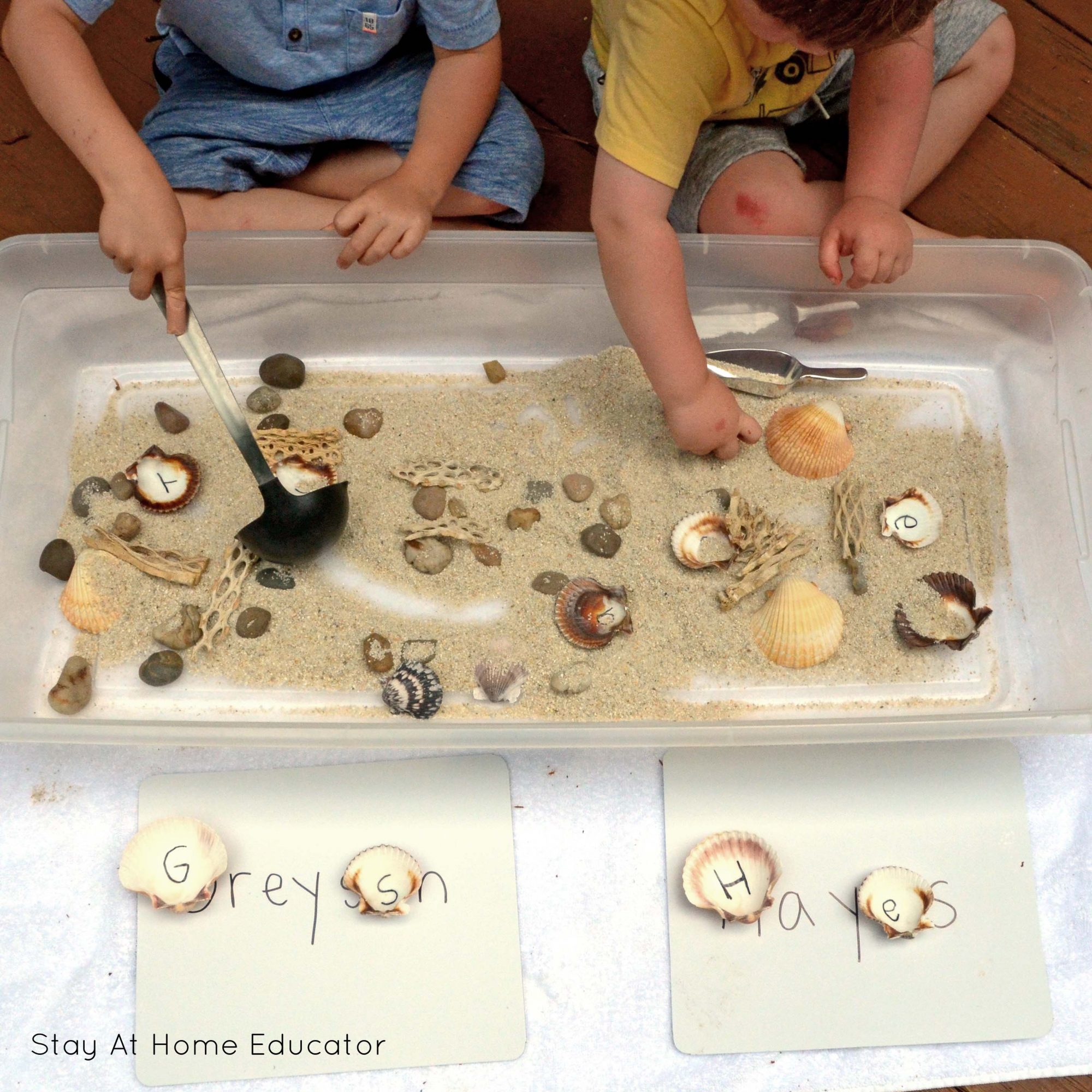
EXAMPLES OF SENSORY ACTIVITIES FOR PRESCHOOL
We have clearly established that sensory play is vital for a child’s development, including language, social/emotional, fine motor, cognitive development and more! Sensory play can even offer problem solving opportunities as young children grow and complete more complex tasks.
Here are some favorite sensory activities that preschoolers typically love:
- play dough
- sensory bins with rice, beans, water, sand, cloud dough, pasta, and so much more!
- scooping and pouring activities
- finger painting with paint, food (ie: pudding, whip cream, flour and water paste)
- exploring with clay, oobleck, slime, etc.
- fine motor such as stringing beads, buckle boards, duplos, sorting (with fingers and tweezers), pipettes with water, tracing, cutting, and so much more!
- sensory mystery bag for tactile play and exploration
- gross motor play such as jumping, swinging, swimming/water play, music and movement, climbing, obstacle courses, etc.
- cleaning tasks like wiping tables, sweeping, mopping, raking, etc. (YES! Cleaning IS developmentally appropriate and developmentally positive!)
*Incorporate the suggestions above into your themes throughout the year for more meaningful learning experiences!
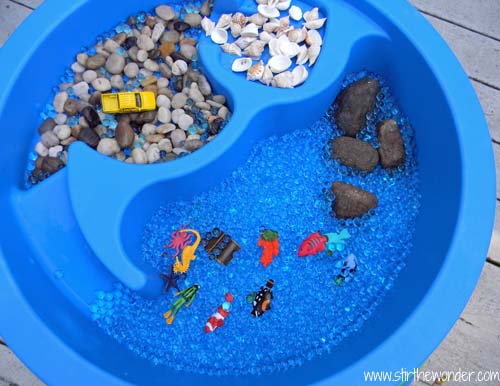
SENSORY PLAY BENEFITS EVERY CHILD
It is a misconception that sensory play is only for children who have difficulty processing through their senses. All children benefit from sensory play. Activities that stimulate and utilize a child’s senses are beneficial for ALL children!
It’s important to remember that sensory play isn’t limited to just sense of touch and feeling things. Sensory play includes listening to sounds, tasting new foods with different textures, or seeing bright and vivid colors in busy patterns, to name a few examples.
-
 12 Fine Motor Task Boxes$10.00
12 Fine Motor Task Boxes$10.00 -
Product on sale
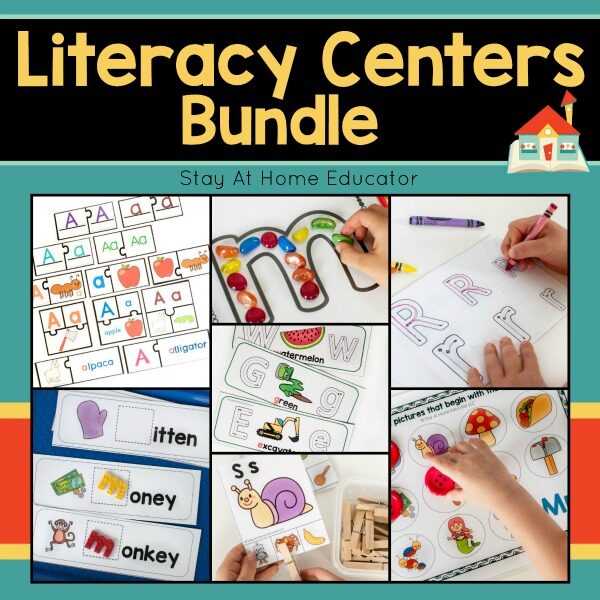 * Preschool Literacy Centers BundleOriginal price was: $55.00.$45.00Current price is: $45.00.
* Preschool Literacy Centers BundleOriginal price was: $55.00.$45.00Current price is: $45.00.
YOU MIGHT ALSO LIKE THESE SENSORY ACTIVITIES:
Gelatin Squish Bags
Exploring Slime in Preschool
Orange Creamsicle Sensory Dough
Cellophane Collages
Calming Ocean Discovery Bottle
Dyed Beans Sensory Bin
I hope this post has brought out the kid in all of you! I mean, sensory play isn’t just fun for kids. Adults can get in on the fun, too. Jump in and paint, build, scoop, pour, jump, create, make a mess- it’s okay!
With your modeling and participation, your kids will be even more inclined to dig in to whatever sensory fun you bring their way! I guarantee you will see your kiddos grow and soar and you will share a whole lot of smiles and laughter along the way!
How will you include more sensory play into your teaching?

I’m Sarah, an educator turned stay-at-home-mama of five! I’m the owner and creator of Stay At Home Educator, a website about intentional teaching and purposeful learning in the early childhood years. I’ve taught a range of levels, from preschool to college and a little bit of everything in between. Right now my focus is teaching my children and running a preschool from my home. Credentials include: Bachelors in Art, Masters in Curriculum and Instruction.
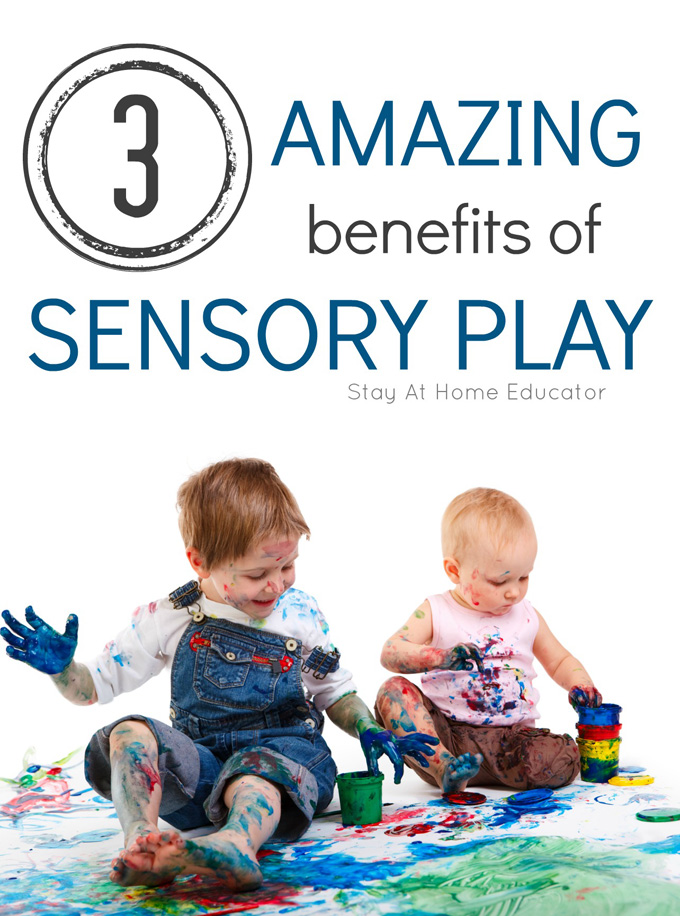
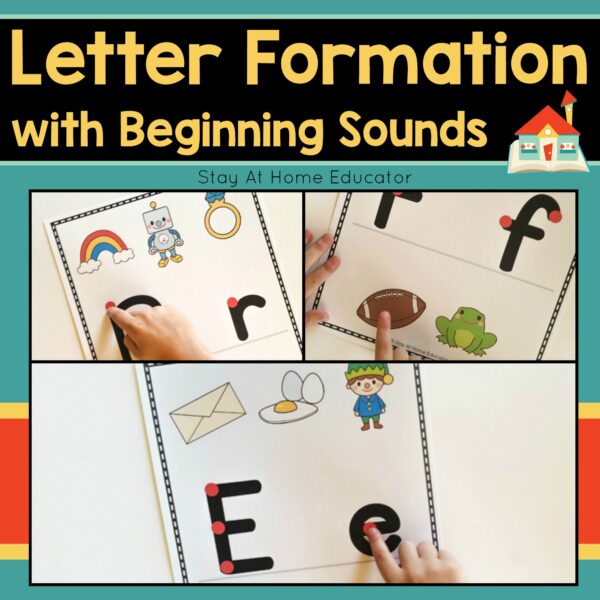
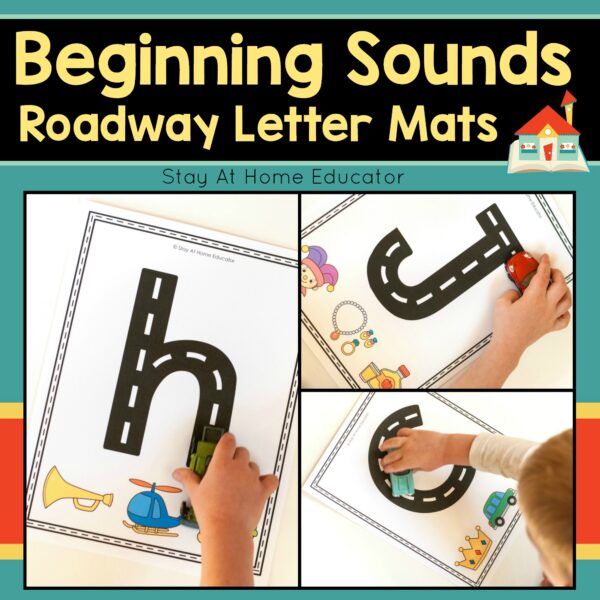
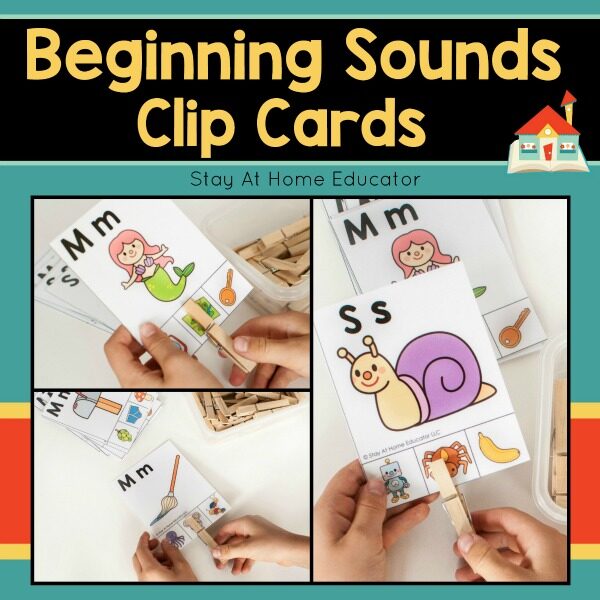

[…] no secret that preschoolers need sensory input. It’s also no secret that preschoolers love to celebrate holidays. So combine the two with […]